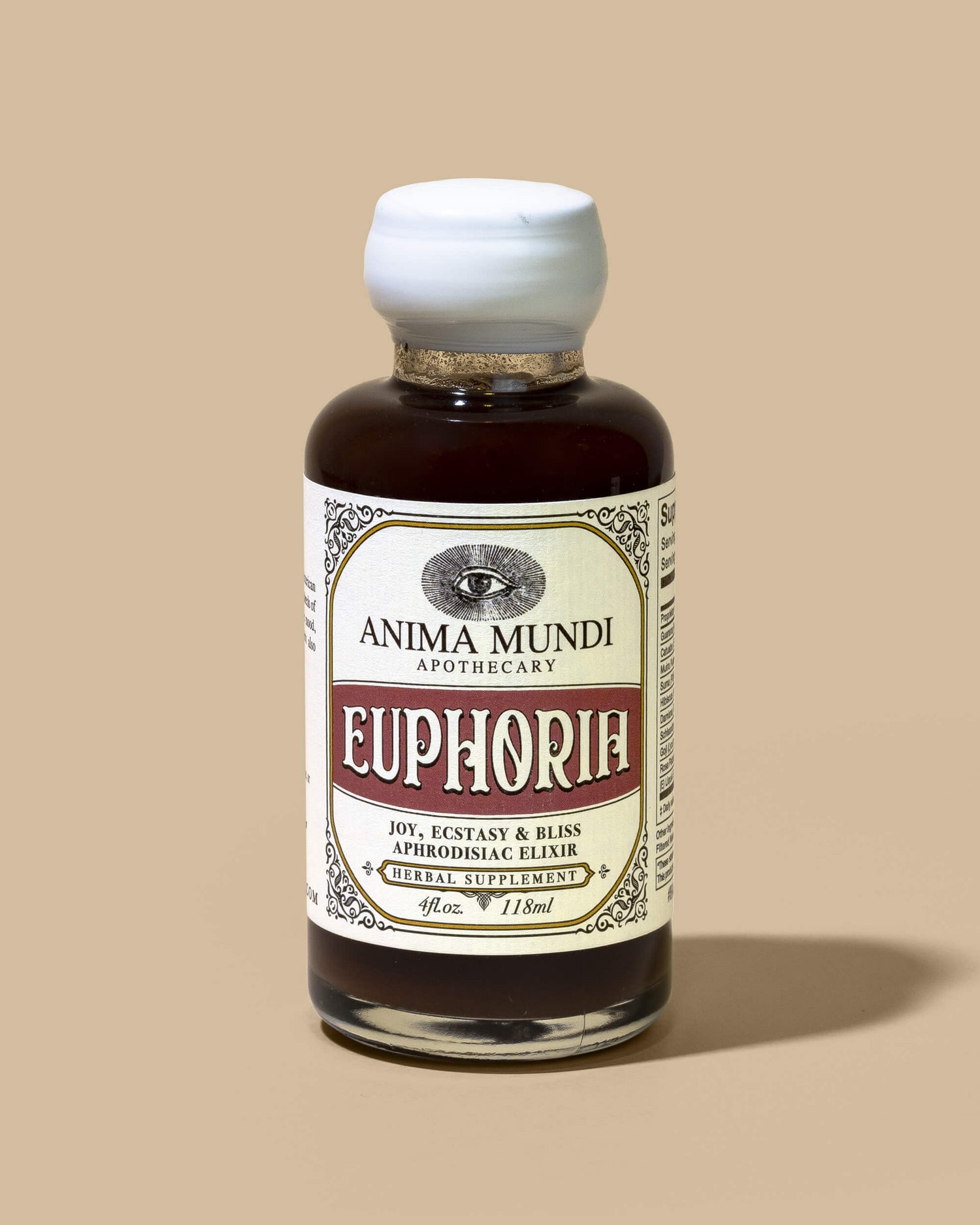Lymph constantly replenishes us. Every cell in your body is literally bathed by its fluid; it’s the often overlooked missing link to vibrant health.” -- Lisa Levitt Gainsley
Your skin is your body’s largest organ, and the only one exposed to the outside!
From medical practitioners to anatomists and massage/energy workers, many modern body experts regard the lymphatic system, as one popular NIH study summarized, as being “the crux of regulating homeostasis in the human organism.” Otherwise known as the state of optimal functioning in the body, homeostasis depends on maintaining steady internal, physical, and chemical conditions. Balanced fluids in our bodies, a regulated body temperature, and heart rate are some of the hallmarks of an adequate immune system. Our lymphatic systems are often negatively impacted by our illnesses, injuries, overexposure to toxins and chemicals, allergies, not enough exercise or physical movement, stress, and/or even clothing that’s too tight.
Like the rest of the lymphatic system, the face, head, and neck are subject to both external stressors and the internal impacts of such imbalances they may cause. Examples of impaired functions that affect this tender, forward-facing area of our sacred organism include headaches and migraines, sore throat, acne, twitching/itchy eyes, and tight neck muscles.
During quarantine, one of our greatest losses has been the healing power of touch.
This is extra dangerous in already touch-starved Western societies like the US and the UK, where an average “touch ratio” of zero to two times per hour paled in comparison to the 110 times (France) and 180 times (Puerto Rico) friends in other countries and cultures touched each other during the same time period. Without access to our favorite massage therapist, esthetician, affectionate friend, love or family member, if we didn’t yet figure out how to care for ourselves, the time is now. This week, we’re talking about not only how to care for our skin to beat back signs of aging or to appear more attractive, but why our skin matters so much, in what ways the lymphatic system is being overworked, and how to gently attend to both.
Simple daily skincare is an excuse to spend time taking good care of yourself, face first.
Black Womanist, Ph.D. student, and #WEOC Co-Founder Allison Gaines blew our minds with her bold claim that a new beauty routine could possibly “turn the tables on white supremacy.” Gaines writes, “Many women reject European beauty norms within the Black Liberation movement to embrace their body’s natural characteristics,” and continues by chronicling how this same movement allowed Black women and women of color to engage in “transformative economic resistance.” Instead of historically harmful practices like skin bleaching, we also applaud Gaines for her call for skincare that “revolves around care, not transformation.”
Self-care is truly radical, even more so when it can enhance our calling card to the world (our face), our creative HQ (our head/brain/crown chakra), and our sources of pleasure, a.k.a. those vision-expanding cylinders we use to breathe and speak: our necks/throat chakras.
Healthy skin builds confidence and boosts the lymphatic system all at once.
A moment away from screens, work, and others are something we all need, regardless of our natural tendencies for introversion or extraversion. When we offer ourselves a moment to give ourselves the gift of healing touch (literally, science-affirmed healing touch!), we not only feel good and send feel-good messages to our brain and heart, we can also stimulate the flow of blood, energy, and contribute to our holistic health. Our homeostasis thanks us for the reset.
WHERE + WHEN DID LYMPH DRAINAGE MASSAGES BEGIN?
Research that examines both historical and archaeological records indicates that the first documented massage techniques developed in India and China.
Massage as a form of pain relief, cosmetic enhancement, and tool for healing has been embraced from the dawn of many ancient civilizations in diverse and distinct practices. Holistic healing as a result of all types of massages has long been lauded as a stress reducer, a gateway to deep relaxation, and even as a cure for illnesses.
In approximately 3000 BCE (or even before, some scholars say), Ayurveda was first shared via oration, generation to generation. The holistic healing system of Ayurveda would later become a tradition rooted in meditation, study, and experimentation, but initially, the natural scientists and ancient seers who first practiced it were said to have received its wisdom via divine origin.
Between 3000 - 2500 BCE, early records of massage therapy were found in China and Egypt. Because of the discovery of tomb paintings in Egypt from around 2500 BCE, Egyptians were credited with creating reflexology. Chinese medical texts from approximately 2700 BCE laid out the medical benefits of massage therapy, which was created by combining martial arts, traditional Chinese medicine, Buddhism, and Taoism (and other spiritual practices).
Ancient Greeks, Persians, and Japanese archivists also contributed to the cannon of early medical literature’s examination of the benefits and uses of massage treatments.
Where these ancient cultures diverged, and somewhat continue to in modern times, was in their why, which of course reflected how they performed different techniques. Facial massage in ancient China, for instance, was tied to releasing energy, whereas athletes and philosophers in Greece used body massage to prepare for optimal physical performance or to treat injuries.
Throughout the ages, all forms of massage have had many “mothers” and “fathers”, but one man, in particular, is known as “The Father of Lymphatic Drainage”: Emil Vodder.
In the 1930s, Mr. Vodder--then a sick man--moved from Denmark to France and became intensely fascinated by the lymphatic system. His massage technique, later known as Vodder Lymphatic Drainage and today as “Manual Lymph Drainage”, was brought from Europe to North America around the 1970s. Skin, beauty, and massage industries all took note.
While Vodder’s MLD technique is credited with coining the term and the practice as many know it today, it’s easy to see that people everywhere have been moving energy around for as long as people could move their limbs, heads or necks.
THE BENEFITS OF LYMPH DRAINAGE MASSAGES, ACCORDING TO THE EXPERTS...
“Lymphatic massage is an incredibly therapeutic technique for optimizing a person’s health, improving his or her immune system, and decreasing inflammation.”
-- Rachel Frankenthal, PA-C, MPH, UCLA School of Medicine
“A good lymphatic system is essential to maintaining your health. When it functions properly, you will have more energy and find relief from common symptoms like bloating and congestion, and recover faster from injuries and surgeries. Studies show lymphatic drainage accelerates the healing process.”
-- Lisa Levitt Gainsley, Certified Lymphedema Therapist & Manual Lymphatic Drainage Practitioner
OTHER POTENTIAL BENEFITS INCLUDE:
- Increased lymph circulation
- Speeding up the process of releasing biochemical waste from body tissues
- A non-stressed body-framework state
- Improved facial skin and muscle tone
- Facial and eye muscle relaxation
- Relief from head/neck tension, facial/sinus pain, eye strain, headaches, stress, and anxiety
- Overall relaxation of mind, body, and spirit
- Rebalanced liver and gallbladder
- Alleviation/reduction of nervous disorders
- Bloating/premenstrual water retention relief
10 EASY STEPS TO PERFORM LYMPH DRAINAGE SELF-MASSAGE AT HOME
-
Dress comfortably (or strip down).
Put on an old t-shirt (says this Asian auntie) that you don’t mind getting dirty, wrap yourself in a cozy towel, or get naked!
-
Choose your oil (and avoid heavy face creams).
Our Collagen Booster Moisturizing Face Oil is 100 percent plant-based, organic, and wildcrafted luxury for your skin. Our medicinal grade face oil is potently infused with plant medicines to help restore, protect and boost our own collagen receptors. It contains the deeply rejuvenating and adaptogenic powers of He Shou Wu and Gynostemma, the antioxidant powers of Mangosteen peel and Rose, the regenerative powers of Calendula and Comfrey, and the mineralizing powers of Nettles, Helichrysum, and many more! While there are many natural face oils you can use to do your own facial massaging, this is a botanically dense and luxurious oil made entirely of plant-based goodness. We want to lubricate the skin, not saturate it.
Formulated for all skin types in need of restoration, hydration, and protection, our face oil can be applied onto the face, neck, and directly over any part of the body seeking restoration. This makes our Collagen Booster Moisturizing Face Oil the ideal complement to your new lymph drainage self-massage routine. And, it's actually sustainable for your skin and the environment!
-
Wash your hands.
Simple, but necessary! Make sure you only touch your face with clean hands.
-
Warm up the area (lymph nodes around neck).
Any massage should begin with a simple warm-up, as your body is acclimating to the practice. You can use a warm (not hot!) towel to wipe your face and neck clean first, and then simply rub a few drops of oil in your palms and on your knuckles before applying your first movements of gentle pressure.
-
Massage the neck.
It is recommended to massage each set of lymph nodes [see diagram below] anywhere between 10-50 strokes per movement, or for approximately one minute at a time. Yes, one whole minute! As with any mindfulness practice, less time is almost always better than no time, but more time will usually yield more positive results.
For your first self-massage, we recommend choosing two to three of these areas to start, and then switching to your head and face massage. For the neck, you’ll want to begin by warming up the collarbone area with some gentle pressure with your knuckles, then begin to draw the knuckles from the jawline downward. Think slow, deliberate, gentle movements. Do this for the front of the neck, the sides of the neck, and around the ears to trace some deliberate lines down the back of the neck. You can also apply a little more pressure anywhere your neck is feeling tense. Use fluid, repetitive movements.
-
Massage the head (a.k.a. crown chakra).
PART 1:
PART 2:
 PART 3:
PART 3:
 source: The Complete Guide to Lymph Drainage Massage
source: The Complete Guide to Lymph Drainage Massage
-
Massage the face (around the eyes, cheeks, temples, etc.).
If you are feeling like you need extra inspiration for the more vulnerable parts of the face (eye area, for example), here are a few of the tutorials we really enjoyed: [1], [2], and a bonus complement of facial gua sha and acupressure to switch up your routine.
-
Close your eyes and breathe deeply.
Any great massage therapist will either guide you or leave you feeling called to breathe deeply at the end of a massage. With or without essential oils, yummy-smelling candles or similar smell-good treats for yourself in the room, close your practice of self-massage with at least three long, slow, deep breaths. A simple mantra of in this moment [inhaling], just this [exhaling] or I receive [inhaling], I release [exhaling] can also help to keep your breathing steady, releasing tension and centering yourself for deep sleep.
 Infused with plant medicines to help restore, protect and boost our own collagen receptors. This oil blend contains the deeply rejuvenating + adaptogenic powers of He Shou Wu and Gynostemma, antioxidant powers of Mangosteen peel and Rose, regenerative powers of Calendula + Comfrey, the mineralizing powers of Nettles, Helichrysum, and more!
Infused with plant medicines to help restore, protect and boost our own collagen receptors. This oil blend contains the deeply rejuvenating + adaptogenic powers of He Shou Wu and Gynostemma, antioxidant powers of Mangosteen peel and Rose, regenerative powers of Calendula + Comfrey, the mineralizing powers of Nettles, Helichrysum, and more!
Key Benefits:
- May protect collagen sources.
- Can be deeply moisturizing.
- Can help restore and nourish the skin.
- May add an extra glow to your complexion.
- Undiluted, free of weird ingredients.
- High ratios of botanicals.
BONUS: Herbs That Boost Collagen In The Skin
Additional sources for this article: Natural Healers, Art of Healing Touch

















